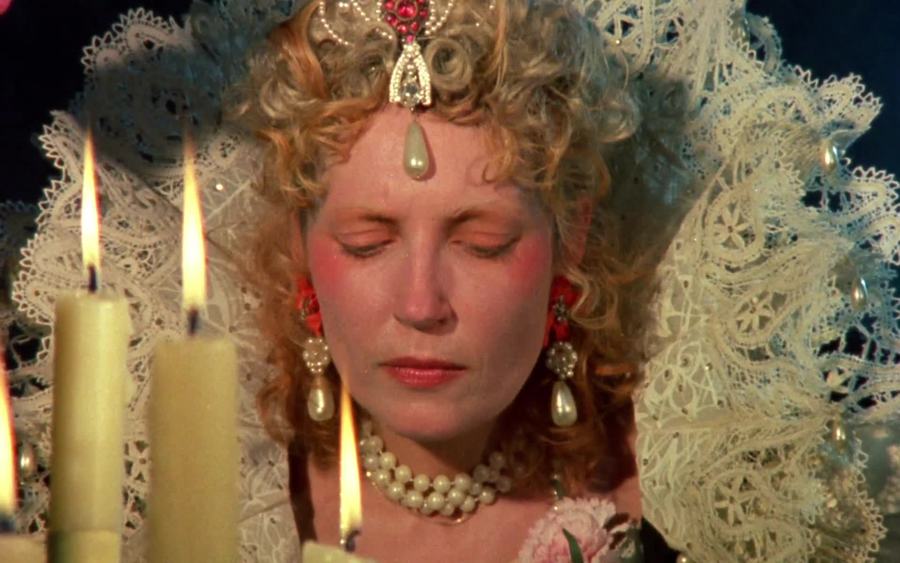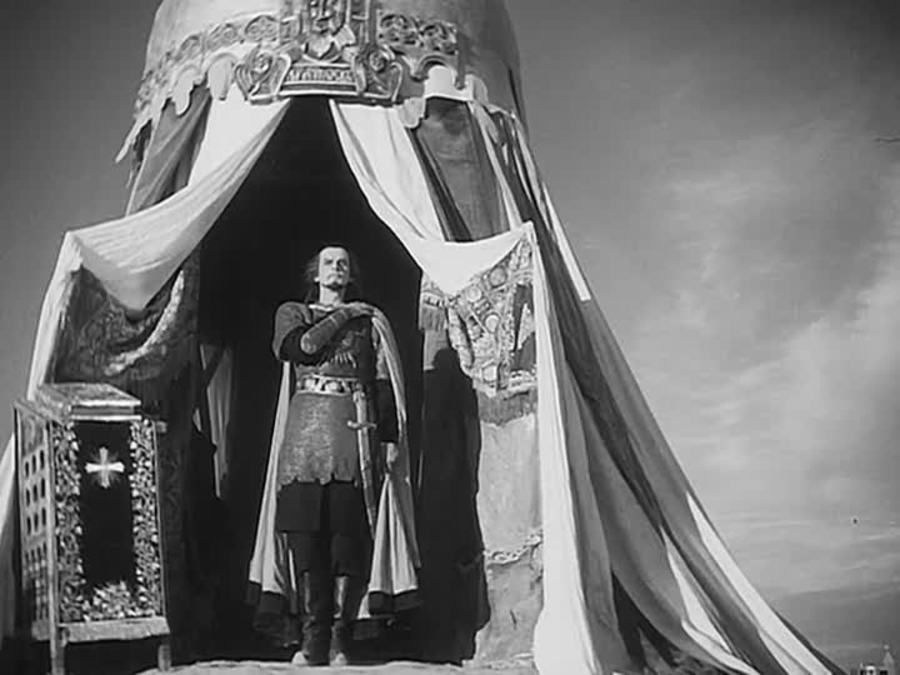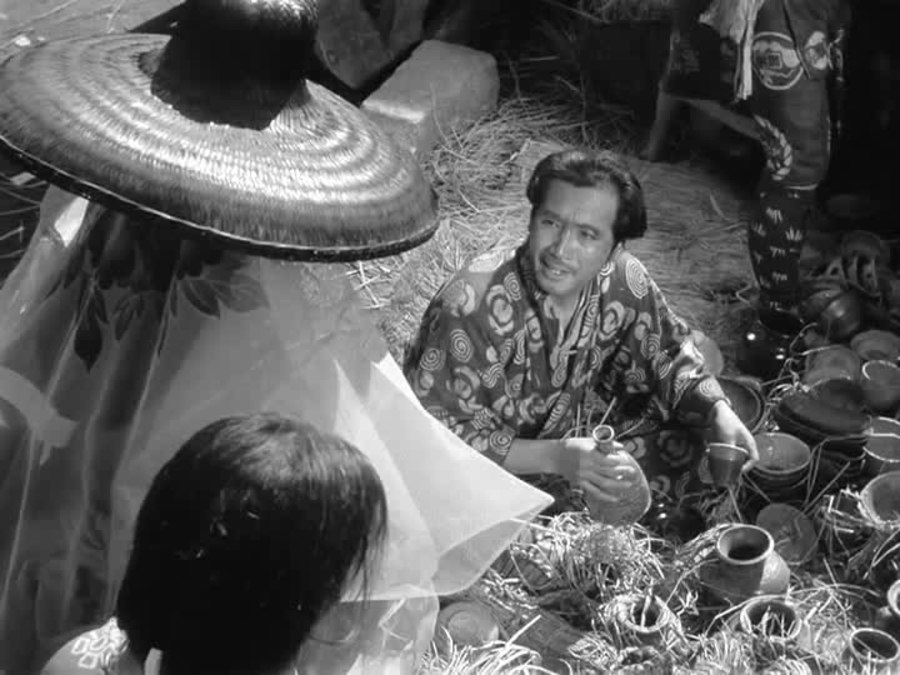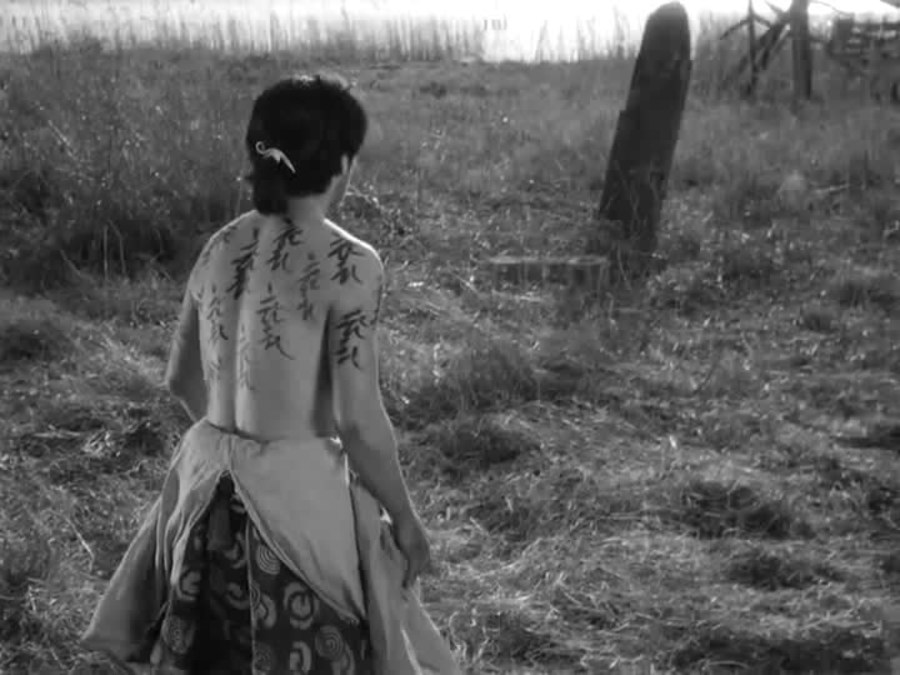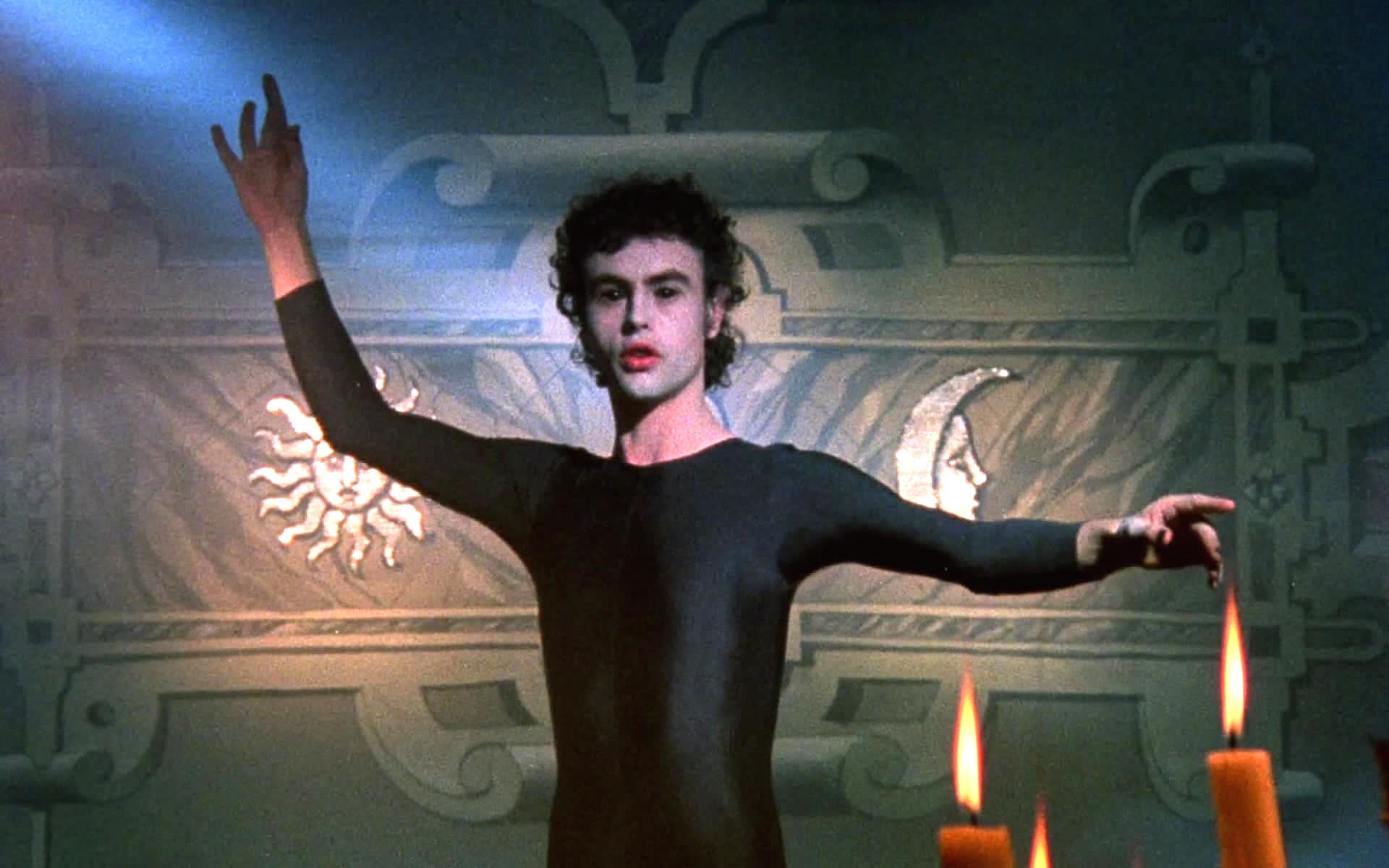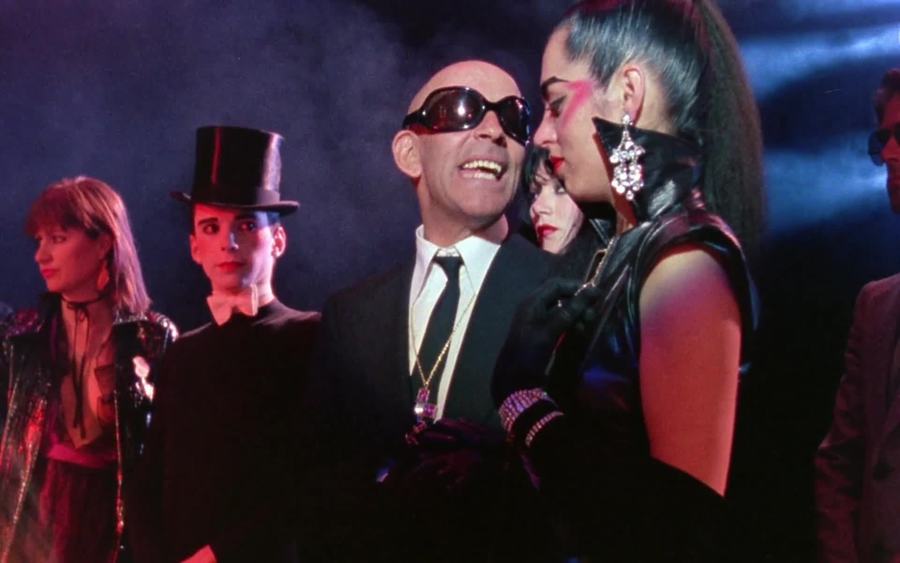Nature abhors a vacuum, and academics loathe a generalization. So even though we have the benefit of 500 years of hindsight and the labor of literally thousands of historians around the world, one still experiences pangs of hesitation when called upon to make statements about “The 16th Century.” Such a broad swath of human existence cannot help but contain contradictions and mysteries, counter-currents and marginalia. These are the sorts of things Big History tends to overlook in the interest of producing a coherent, usable narrative.
Nevertheless, we do know that the 1500s were a time of massive global change, and there is no sense pretending otherwise in the interest of some provisional specificity. The 16th century is, to all intents and purposes, the starting gun for modernity. In the West, the Renaissance was in full bloom. Of course, this took very different forms in Italy, Northern Europe, and England. But across the board, there was a greater interest in science, philosophy, literature, and the study of humankind for its own sake. What’s more, the widespread increase of oceanic trade routes gave rise to a mercantile class who worked for a living and had a new concentration of disposable income. The middle-class, and the blueprint for commodity capitalism, begins here.
You do not see this directly in the films under consideration here, but if you take them as a kind of “group portrait” of the 16th century, we see unavoidable hints of cultures in transition. In fact, most of the human drama in these films emerges not from internal psychology (a bourgeois invention that really only finds its full expression with the late 18th- and early 19th-century novel) but from individuals struggling to acclimate to new social and historical conditions. The stories trace their relative difficulty in doing so. The various auteurs’ styles bear the mark of their own attitude toward these broad social realignments.
In some ways the strangest film of the bunch, Sergei Eisenstein’s two-part epic Ivan the Terrible is immediately jarring to viewers familiar with the Soviet pioneer’s early silent film work. Masterworks like Potemkin and October were defined by a rapid, confrontational approach to montage, wherein each shot was meant to “collide” with the next through its radical difference. By contrast, Ivan is somewhat tame. Although Eisenstein builds certain contrasts into the individual shots—stark foreground / background disparity, or jarring, Expressionistic angles in the castle architecture—the director has abandoned his high-modernist approach to editing.
To what extent Eisenstein’s thinking evolved, and to what extent he was knuckling under to the demands of Stalin (who commissioned Ivan) is a matter of historical dispute. Nevertheless, this is a great-man epic about the charismatic czar (Nikolay Cherkasov) who defied the entrenched power structure in order to conquer and unite the great Russian landmass under one political unit. The era is depicted as a time of superstition, with Orthodox Christianity guiding all classes but barely restraining Ivan’s indomitable will. As a film, Ivan is a bit like a highly minimalist episode of Game of Thrones, but there is a stiff pantomime that pervades the film, serving to cast the proceedings, and Ivan himself, as more mythical than historical. We always know what is at stake, but we don’t know who these people were. They are emblems of power in its different forms.
Cinema has perhaps given us more opportunity to familiarize ourselves with the customs and rituals of 16th-century Japan. This is the end of the Medieval period, when territory is almost constantly being fought over by warlords and their samurai. However, what people could not know at the time is that the Edo period was on the way. This period of relative stability would allow for greater trade, a more comprehensible social structure, and eventually the crisis of samurai without masters. While Japan was still some distance from modernity, the end of the Warring States era was modernity’s prerequisite.
Identifying Akira Kurosawa’s singular masterwork would be a controversial endeavor. But there is no question that Seven Samurai would be high in the mix. Set at the end of the Warring States period, this film has become a template for Westerns, space operas and many other genre films. A village is beset by bandits, and they ask some samurai for help. They initially refuse, but eventually a group assembles and takes up the task of defending the townspeople. They are outnumbered, and the outcome is bittersweet to be sure. But Kurosawa’s depiction of the honor code of the samurai—particularly the shift in Toshiro Mifune’s self-serving Kikuchiyo—is both tribute and elegy. Although the roving bandits are not exactly symbolic capitalists, they have more in common with Kurosawa’s time than the samurai do. As the film concludes, with a line of gravesites at sunset, it is clear that Seven Samurai is Kurosawa’s depiction of the twilight of the old ways.
The new way of life and its perils could be exemplified by Genjuro (Masayuki Mori), the main character in Kenji Mizoguchi’s Ugetsu. Another film depicting the Warring States era, Ugetsu combines the bluntly violent and the supernatural in order to depict the impact of war on everyday individuals. Unlike Kurosawa, Mizoguchi mostly keeps the men with swords in the background. Instead, Genjuro is a potter who is obsessively devoted to his art. When marauders invade his village, he risks both his life and his wife’s in order to keep his kiln burning. This choice of the aesthetic (and of salesmanship) over family and the practical has dire consequences.
Mizoguchi also shows us Genjuro’s best friend and neighbor Tobei (Eitaro Ozawa) is a simple farmer who is obsessed with becoming a samurai. When he achieves his dream but a twist of fate, he leaves his wife Ohama (Mitsuko Mito) to an unspeakable fate. One of Mizoguchi’s dominant themes throughout his filmography is the plight of women in Japanese society, and Ugetsu is no exception. But alongside his proto-feminist concerns we can see the filmmaker using the late 16th century setting to explore the beginnings of a merchant class—Genjuro becomes temporarily wealthy—and the disturbance it creates for Japan’s rigid social structure. Foregoing his usual tracking shots for oblique diagonal spaces, Mizoguchi fashions Ugetsu as an unstable environment, throwing all of its subjects into an upheaval from which they cannot ever really recover.
I am temped to introduce the last film, a deeply British effort by a post-punk pioneer, by saying “and now for something completely different…” But that would be misleading. Derek Jarman’s Jubilee certainly bears little resemblance to Mizoguchi, Kurosawa, or Eisenstein on its surface. Jarman, a career-long lover of creative anachronism, employs a humdinger of a premise here: Queen Elizabeth I (Jenny Runacre) asks her court occultist (Richard O’Brien, or Rocky Horror fame) to allow her to see her beloved Britain 400 years in the future. What she sees, of course, is the 1970s, an England overrun with garbage and safety-pinned, insolent punks like Adam Ant and Siouxsie Sioux.
Jubilee was made to mark the other Queen Elizabeth’s Silver Jubilee in 1977—as Terence Davies called it, “The Betty Windsor Show.” What kind of country had England become? Like the other films in this group, Jubilee uses the 16th century to observe seismic changes in the culture at large. But more significantly, Jarman slyly observed not only parallels between the early modern period and the breakout of punk. By directly citing the Elizabethan era, Jarman calls on Shakespeare, Marlowe, and other “radicals” of the day. Jubilee is more of a chain of performances and images than a conventional film. By adopting the 16th century time-travel conceit as a frame story, Jarman links punk both to one of history’s greatest moments of intellectual and political turbulence, and to the very idea of “self” as an endless performance. Like those members of the new emerging classes, the punks didn’t quite know yet who they were. But they certainly knew who they were not.

